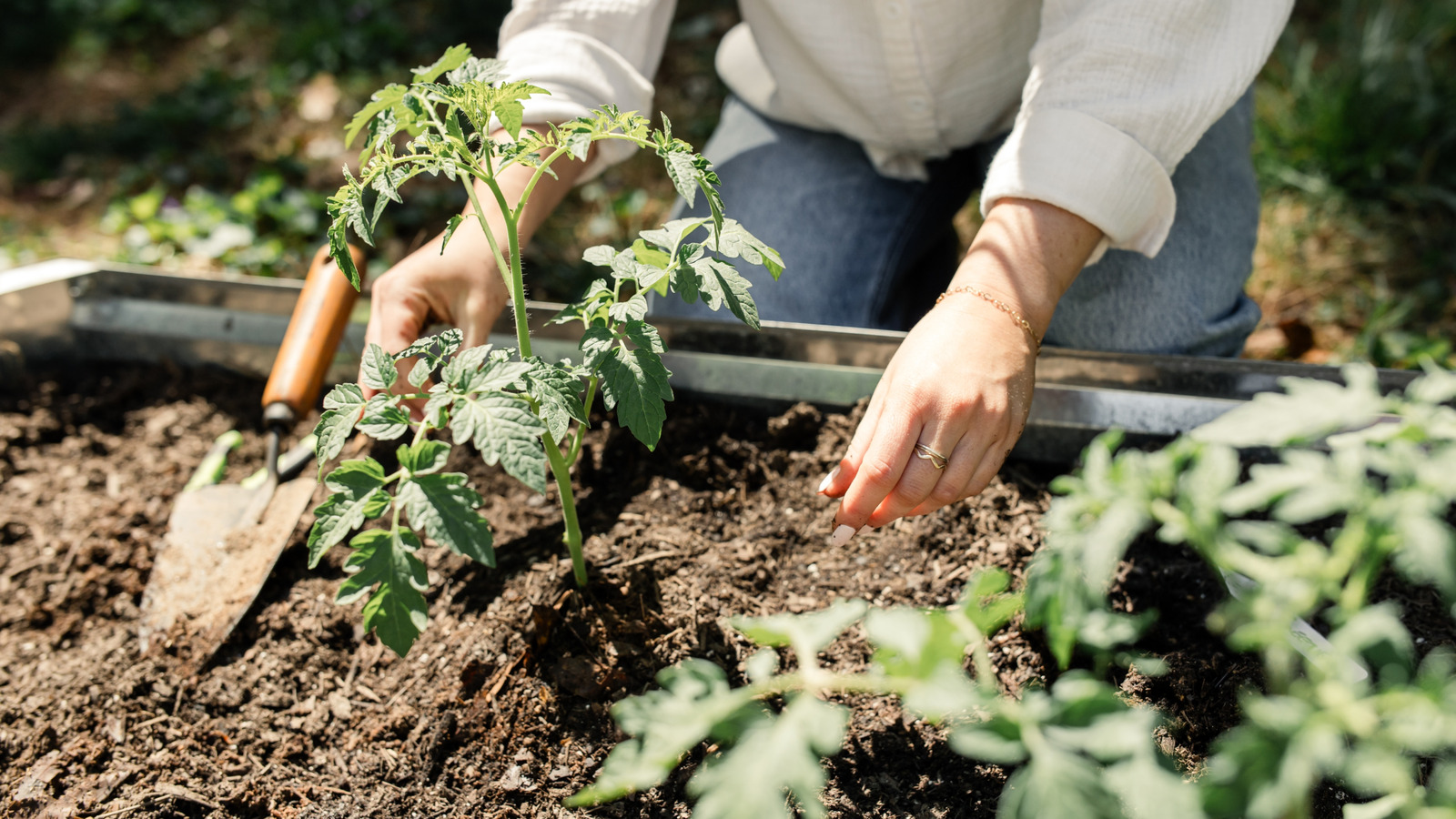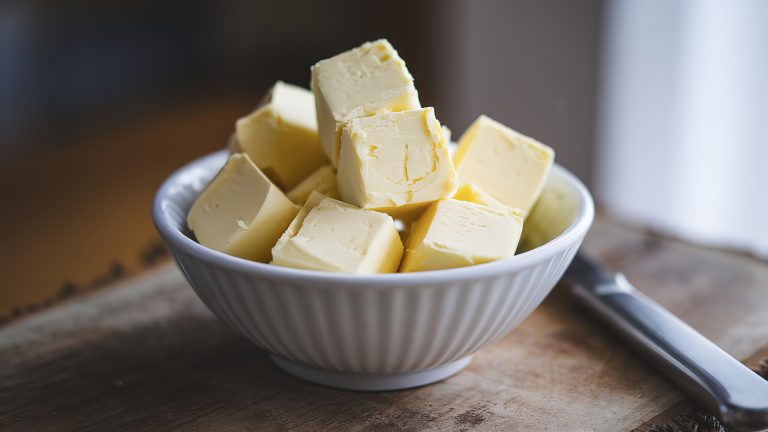We don’t know what it is about bananas. You buy them with the full intention of enjoying the delicious taste, never mind treating your body with the vitamins, antioxidants, and potassium that they deliver in each mouthful. But a few days down the line after eating only two, you seem to not see the bunch in front of you (maybe they’re related to Tupperware lids?) and boom, they’re overripe and can’t really be eaten.
Instead of throwing them away and wasting them, some smart people turn the not-so-tasty overripe fruits into yummy banana bread. And others bury them in the garden. Wait, what? Yup, treating your garden to the highly nutritious peels and flesh of overripe bananas can improve the health and growth of your plants, and increase the superpowers of your soil. Overripe bananas make a great fertilizer, with some of the same nutrients that are good for us, being good for our plants too.
In addition to the potassium, bananas also contain magnesium, calcium, and phosphorus (and a bunch of other good minerals). Magnesium is vital in the production of chlorophyll, which is what helps plants to absorb energy from the sun to photosynthesize. This in turn transforms carbon dioxide and water into sugars, which supports growth. Calcium is important in root development, aids in strong cell wall structure and integrity, and assists in moving other nutrients to different parts of the plant. Phosphorus also plays a role in photosynthesis, as well as being integral in the plant’s DNA, aiding cell growth and tissue development.
How to use nutrient-rich bananas in the garden
There are various ways that you can show your garden some love with overripe bananas. Top and tail them, then cut them up with the skins on. Pop them in a food processor and mulch them up into a paste. Add a little water if necessary. If you’re planting new veggies or flowers in the garden, dig holes in the soil where you’ll be housing your seedlings and scoop some of your paste in, then gently plug each plant’s roots into the holes, cover, and water lightly and gently. If you’re topping up the nutrients for existing plants, place some of the paste around the base of the plants and water them to help the paste sink into the soil.
You can also bury the bananas whole in the garden. Dig two to three of them into the soil around the drip-line of your plants. As they decompose they release all those rich and nutritious vitamins and minerals into the soil which are lapped up by your plants. There are also additional benefits in that microorganisms and other organisms like earthworms use the bananas as a food source, which further support plant growth. Plus, bananas have antifungal properties which help to keep nasty bugs like aphids and gnats away. The bananas can also help to aerate your soil while supporting better water absorption by your plants.
Another option is to hang the bananas in your garden. This attracts bees, birds, and butterflies which are vital in the pollination process and for controlling pests.






